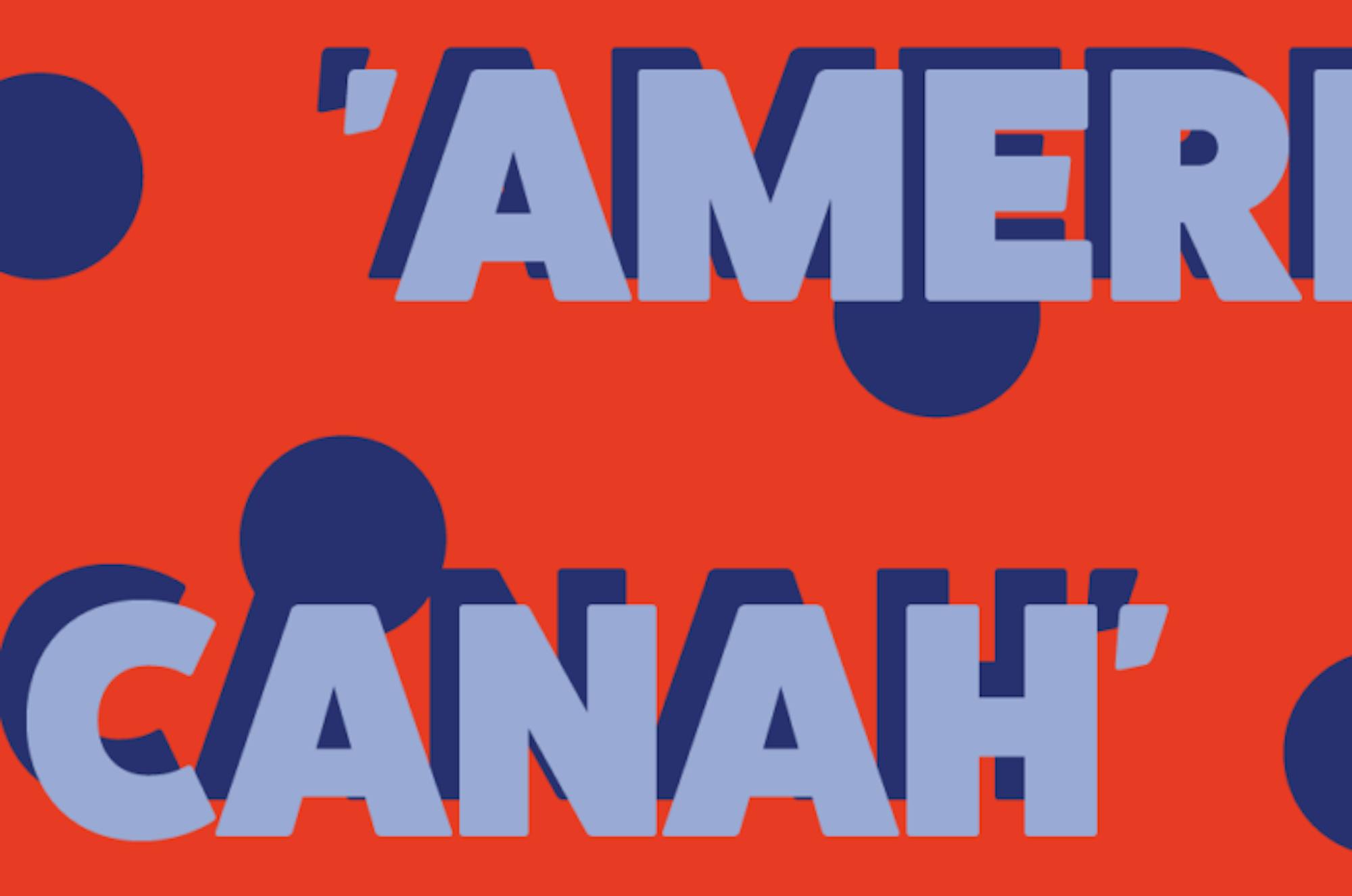
Sitting in the Leighton Concert Hall on March 25, I felt like I was on another plane of existence. Chimamanda Ngozi Adichie was on stage in a gorgeous red dress, and I couldn’t stop smiling. I had never met the masters student with the glorious Afro sitting to my left or the young Nigerian priest to my right, but we were bonded in our collective admiration as we hooted euphorically when Adichie took the stage.
I vividly remember how I first discovered Chimamanda Ngozi Adichie’s books. I was in eleventh grade and I would weave through the traffic of Mumbai, India, passing black and yellow cabs and bright red public buses to walk to Kitab Khana, a bookstore near my school. I would browse the bookshelves indiscriminately but I wouldn’t read anything, until I saw Adichie’s “Half of a Yellow Sun.” I think the imagery of the title is probably what drew me in. I began reading and was arrested by Adichie’s lucid style, astute observations, intriguing descriptions and subtle humor. I went back to Kitab Khana each week, sitting on a metal stool between the stacks, to continue reading.
“Americanah” was the book that made me officially fall in love with Adichie’s work. “Americanah” is a sprawling love story that follows protagonist Ifemelu as she grows up in Nigeria and then comes to the United States for college. When Ifemelu “hungered to understand everything about America, to wear a new, knowing skin right away: to support a team at the Super Bowl, understand what a Twinkie was and what sports ‘lockouts’ meant,” I really resonated with her. Now, when students walk out of class in the middle of a lecture or receptionists tell me that I ‘might wanna do that’ rather than giving me direct instructions, I chuckle to myself and understand the quirks of American culture that Ifemelu observed in the book.
In the U.S., Ifemelu experiences for the first time, what Adichie describes as the “tribalism of America”: race. Being Black, the wider world ascribed the identity of “African-American” to Ifemelu when in reality her cultural identity was Nigerian. This experience of being “racialized” in American society is fascinating. In India, each region has a distinct language and culture, so ethnicity and religion are how people are divided, rather than race. Colorism is definitely an issue, but the heart of the differentiation is still ethnicity. Reading “Americanah” woke me up to the idea that in the U.S., “race is phenotype rather than genotype” in the sense that people subconsciously assign identity based on how you present outwardly, irrespective of your ancestry or upbringing.
At a predominantly white institution like Notre Dame, this concept is entrenched in even the most progressive rhetoric about diversity and inclusion. The politically correct term for anyone who is not white is “Person of Color.” The term can be convenient when trying to talk about inclusion on a broader scale, like the dorms or the classroom. However, I feel like it conflates the experiences of all non-white people and perpetuates whiteness as the norm. The term makes it easier to ignore the extensive diversity even within the group “People of Color.”
Ifemelu had to deal with these reductive ideas about other countries and cultures, with people commenting sweeping generalizations to her like, “It’s so sad that people live on less than a dollar a day in Africa.“ Some of my classmates have mentioned that they did service trips in India during high school. When they find out I’m from Mumbai, the dissonance between the dominant idea they had of India as a country in need of charity, and the idea of India I was presenting them with, is palpable.
When Adichie talks about the “codes and ways of being“ in America, for things as simple as knowing when to laugh and what to laugh at, she has given me the words to identify the subtle feelings of “otherness” that international students experience. It was heartening to see the various students who came to see her speak, each with their unique connection to her ideas.
Read More
Trending









